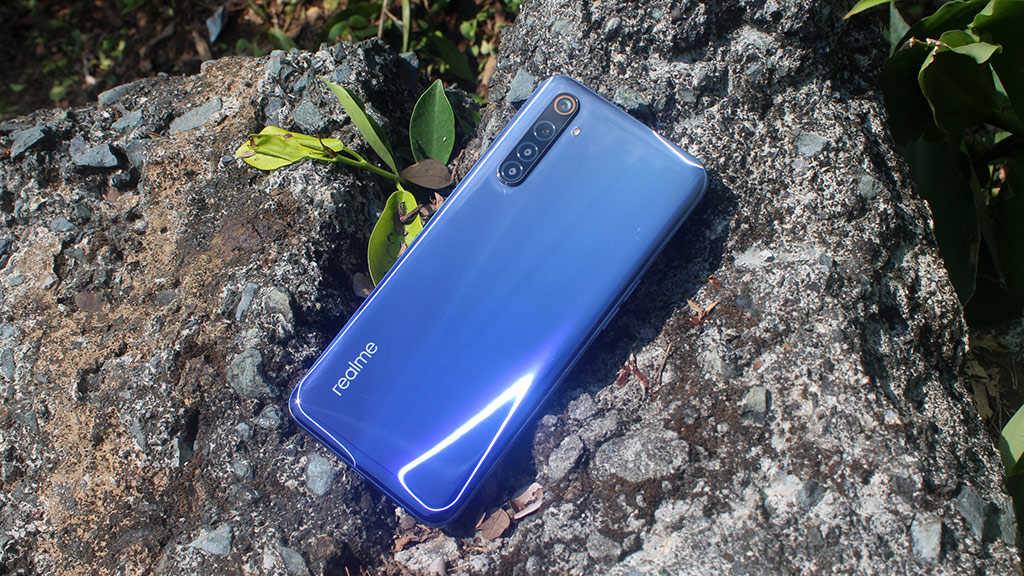
The Realme 6 is a whole new device in the world of budget-friendly mid-range phones. For the first time, we’re seeing a 90Hz display on a phone priced as cheap as PHP12K. That’s on top of great internals to boot such as a MediaTek chip intended for gaming and a whopping 8GB of RAM. What makes this a super stunner in 2020? Here’s our full review.
Realme 6 specs:
- 6.5-inch FHD+ Fullscreen display, 2400 x 1080 px
90Hz refresh rate, Corning Gorilla Glass 5 - 2.05GHz octa-core MediaTek Helio G90T
ARM G76 GPU - 4GB, 6GB, or 8GB LPDDR4X RAM
- 64GB or 128GB UFS 2.1 internal storage with dedicated microSD slot
- Quad-rear cameras:
64MP f/1.8 Samsung GW1
8MP f/2.3 ultrawide
2MP f/2.4 B&W portrait
2MP f/2.4 macro
—4K video at 30fps, UIS video stabilization - 16MP f/2.0 front camera
- Dual-SIM, 4G LTE
- WiFi 802.11 ac, Bluetooth 5.0, GPS
- USB Type-C, 3.5mm audio jack, side-mounted Fingerprint scanner
- Realme UI (Android 10)
- 4,300mAh battery
30W Flash Charge - Colors: Comet Blue, Comet White
An eye-catching design
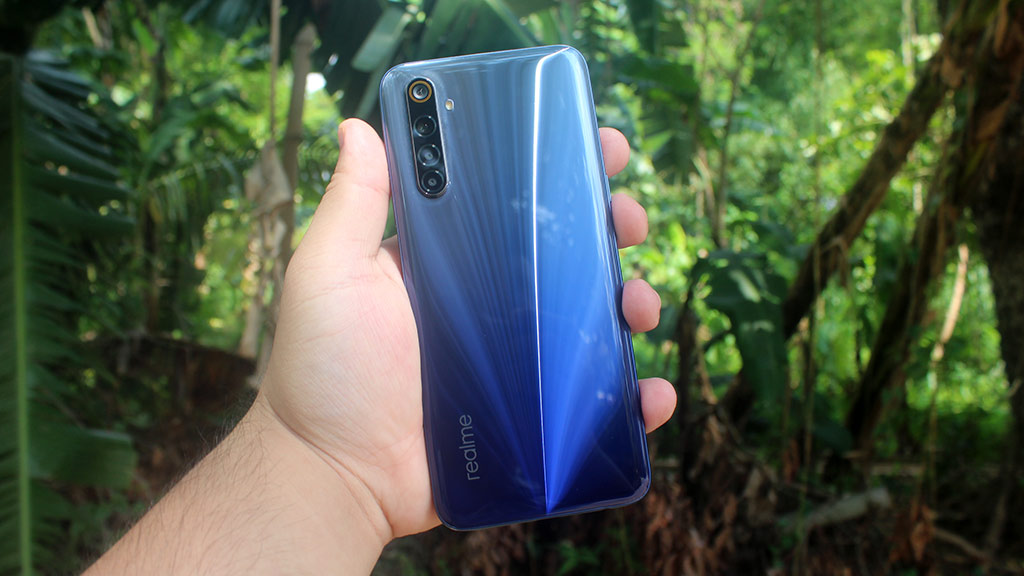
Realme really brings out some of the best back finishes in phones as of late, and we’ve seen one with the nature-inspired designs on the Realme 6i a few weeks back. Our phone, in Comet Blue, utilizes the gradient of skyline blue to ultramarine that’s just so striking, but in a good way. We have the quad-rear camera setup here still positioned in a vertical orientation, the LED Flash, and the Realme logo at the lower-left corner.
At one angle, you can see only the gradient, but oftentimes you’d be greeted with a rather youthful vibe with a comet-like refraction design. The ray design coming from the bottom reminds us of the Realme 5i, although this one feels a lot more interactive as you tilt the display in many angles. The glossy finish also makes it a smudge magnet, but forget it, you’re going to put a case on this anyway.

The sides provide a good grip, despite being not that chamfered., and it weighs just as much as a Realme 5i despite the reduced battery capacity. We have the power/lock button on the right side, which also acts as a small fingerprint sensor for security.

The volume keys and the triple-card slot are at the left side. The buttons feel a lot fuller than in Realme 5i and 6i, but they aren’t that hard to press at all.

The bottom part has the usual ports, USB Type-C, and 3.5mm audio, as well as frame holes for the microphone and loudspeaker. The port feels secure as you need a little forced push to snug into the proper pins.
An impressive display
The front panel, on the other hand has the 6.5-inch Full HD display with a punch hole at the upper-left corner for the camera. The near bezel-less construction also brought the call speaker upwards, into the edge of the front panel. The colors on the display are well-saturated, it presents itself with crisp sharpness, and its contrast is decent. The panel is also great to look at when viewing on any angle. Looking at it in daylight is not a problem at its highest setting, as well as even reading with Eye Care mode and the lowest brightness at bedtime.

What stands out, however, is the 90Hz refresh rate of the display itself which is very unusual for its price range. We’ve seen this on more expensive phones such as the OPPO Ace 2 or even the recently-launched Xiaomi Mi 10 Pro. The fluidity is astounding especially when compared to other phones with normal 60Hz displays.
The bottom-firing speaker sounds muddy at the lows, but the vocals are mids are quite decent. It’s also loud enough to fill up sound on a medium-sized room. No earphones are included in the package, but we thought the sound on the 3.5mm is just as decent as other phones when we used our normal audio gear.
A good camera performance
64 megapixels on the rear camera? Check. More cameras to accompany it at the back? Triple check. The Realme 6 has four rear cameras, and accompanying the main camera is an 8MP ultrawide and a pair of 2-megapixel shooters for Mono and Macro. You’re shooting 16-megapixel photos by default, but there’s the dedicated 64MP mode for more pixels on the shot. Other modes include Panorama, Timelapse, Slow Motion, Ultra Macro, Portrait, and Expert.

A lone 16MP sensor is at the front for selfies. AI Beauty is still great as ever, and the blur on Portrait Mode is quite accurate in most well-lighted environments. The whole camera software starts pretty fast, and the autofocus on the rear camera is likewise swift in getting the automatic settings for the targeted focus.
As for the photos, they tend to be well-composed. There’s decent sharpness, lively colors, and a good dynamic range. The 64MP mode ain’t a joke either with great details on the photo. The macro camera, on the other hand, produces just okay photos. Low-light performance seems to work fine too. Here are some sample shots:
Video-wise, the phone produces Full HD clips at 60fps, or 4K resolution ones at 30fps. There’s also Ultra Image Stabilization Max (UIS MAX), their version of Gryo-EIS that combines hardware performance and two rear lenses (64MP and 8MP in this case) to get smooth, steady shots. This mode is named Ultra Steady in the camera app. Here are sample clips:
Using the 4K mode leaves you with just decent detail enough to share on social media or YouTube. Dynamic range is impressive, the colors are still well-saturated, and the contrast is decent enough. The UIS Max feature provides an almost-OIS feel with very little noticeable shakes.
A gaming phone, inside and out
Realme UI hits the stage in this phone, which is a skin similar to OPPO’s ColorOS and based on Android 10. There’s an app drawer by default and you can freely change this to the previous no-drawer home screen, as well as the icon packs in the settings menu. By default, 14.8GB is already eaten up for System files.

Pre-installed apps are also decided upon initial phone boot, in which the OS suggests popular apps and games to be installed. You can luckily skip this part, but your slew of it’s-there-when-you-open-your-app-drawer apps include Facebook, WebNovel, Trip.com, Lazada, and Opera browser. Luckily, these apps can be easily uninstalled. Other icons on the second home screen are suggestion apps and games coming from Realme’s own App Market, to which you can disable on the app’s settings menu.

This phone uses a new chip that’s dedicated to gaming, and that’s the MediaTek Helio G90T. Our unit has 8GB of RAM, and it’s surprisingly snappy, we didn’t have any problems with multitasking during our normal activities. You can play PUBG rin HDR+Ultra or Smooth+Extreme, and a lot of other graphic-intensive games such as Asphalt 9 can be played well. One thing we noticed, though, even as we play less intensive games like Oceanhorn, is the thermals. Prolonged gaming after 30 minutes may result in quite a warm sensation at the upper back part of the device, leading to dropped frames and stutters. Here are our benchmark scores:
- AnTuTu – 288,513
- GeekBench – 543 (Single Core), 1,708 (Multi-Core), 2,046 (OpenCL)
- 3DMark – 2,524 (OpenGL), 2,578 (Vulkan)
- AndroBench – 524.95 MB/s (Sequential Read), 212.21 MB/s (Sequential Write)
Connectivity works great, too. We’ve never had problems with WiFi or Bluetooth, and the GPS works well in locating our proximity. The fingerprint scanner may be small, but it’s very responsive. The same goes for the face unlock, which does recognize your face faster than before.
An upgraded battery life
A key component of Realme phones is oftentimes its batteries, oftentimes we call a double-edged sword. With the Realme 6, we’re seeing that capacity shrink down to 4,300mAh which does affect the usual overall time we’ve had with it. You can still last a whole day here with normal to heavy use, but be surprised to find yourself looking for a charger after 9 hours and 1 minute of super-heavy activity based on PCMark’s battery test. Our video loop test lasted a whole lot longer at 18 hours and 22 minutes.
Luckily, the brand is introducing VOOC 3.0 Flash charging, the first mid-range phones to have it since the Realme XT last year. Recharging the phone takes around 30 minutes to fill out half the juice, and around an hour with the given VOOC charger.




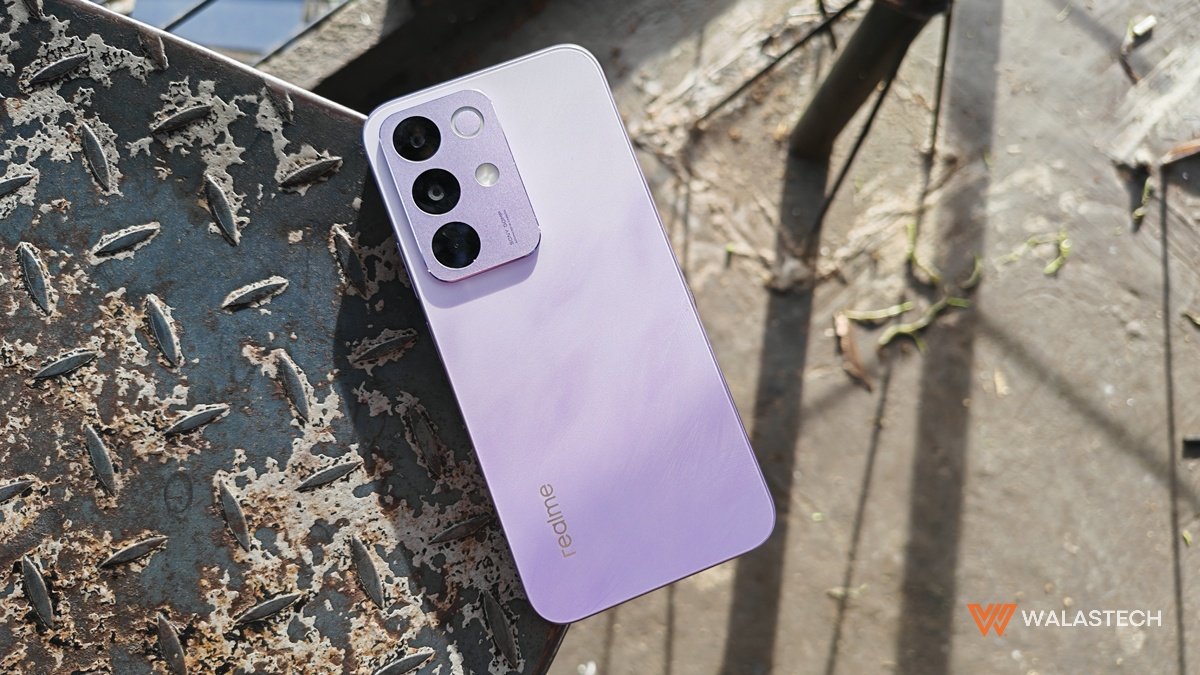


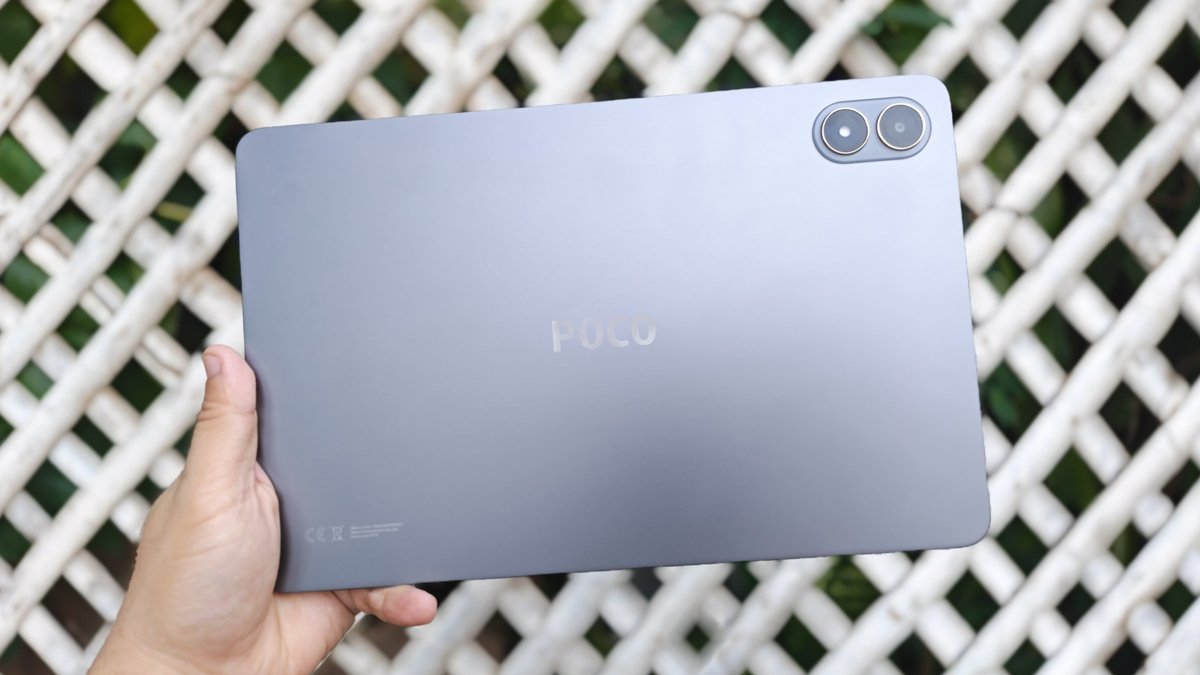
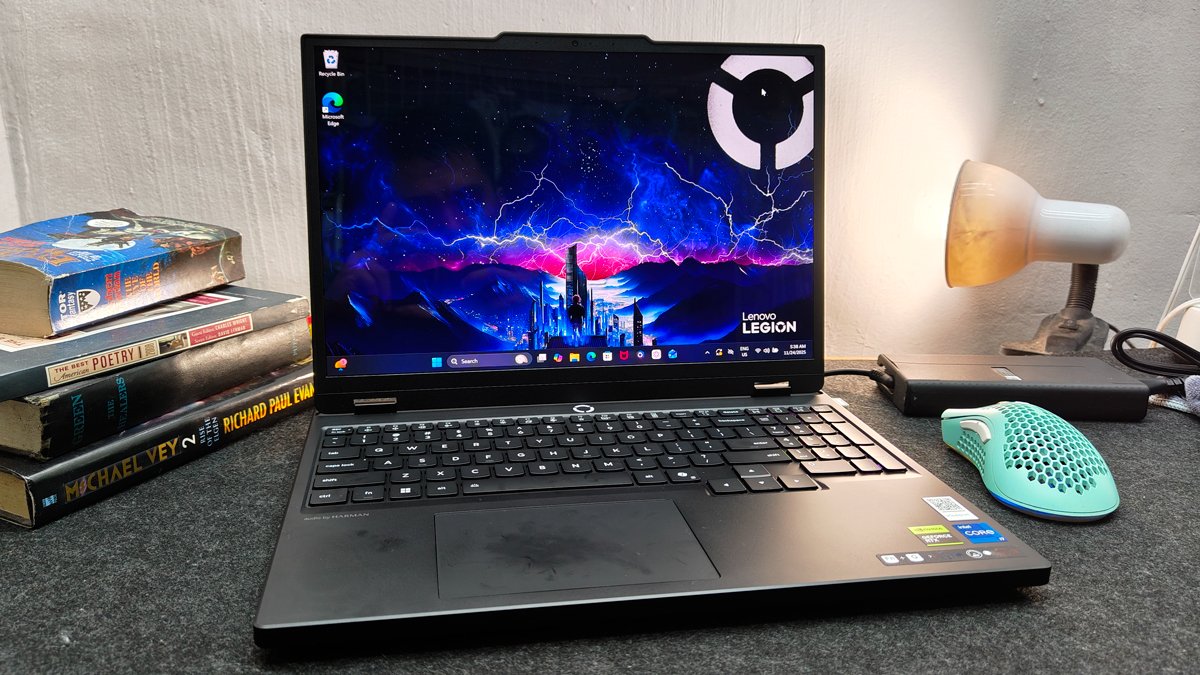
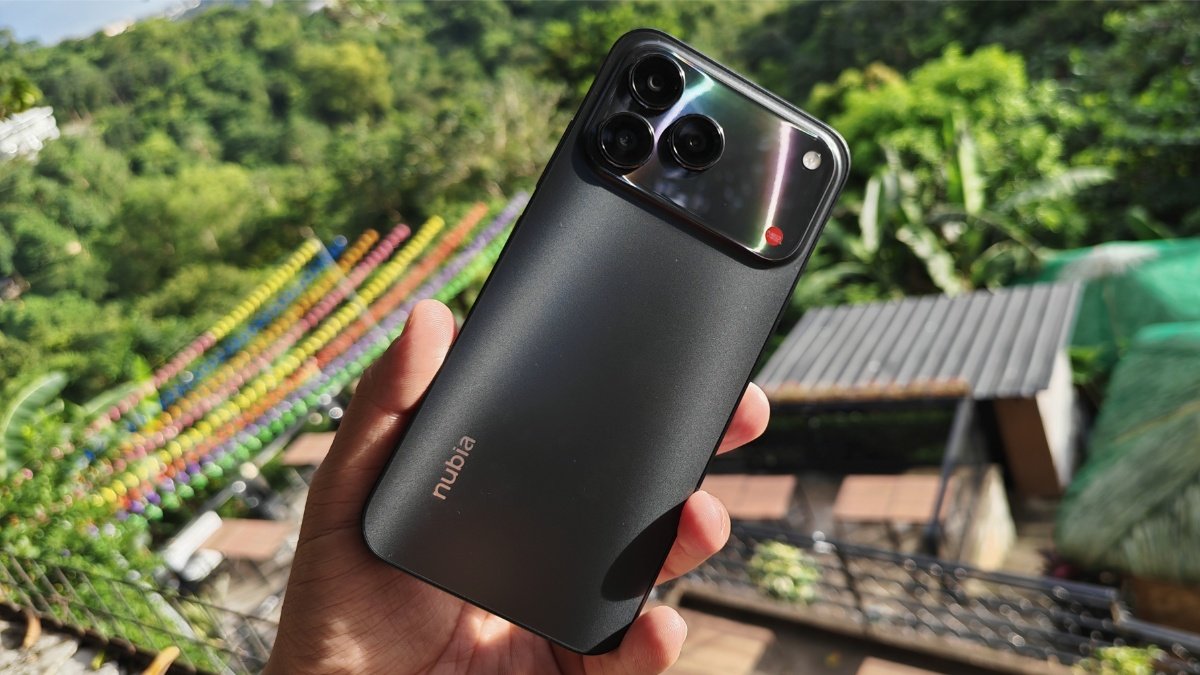
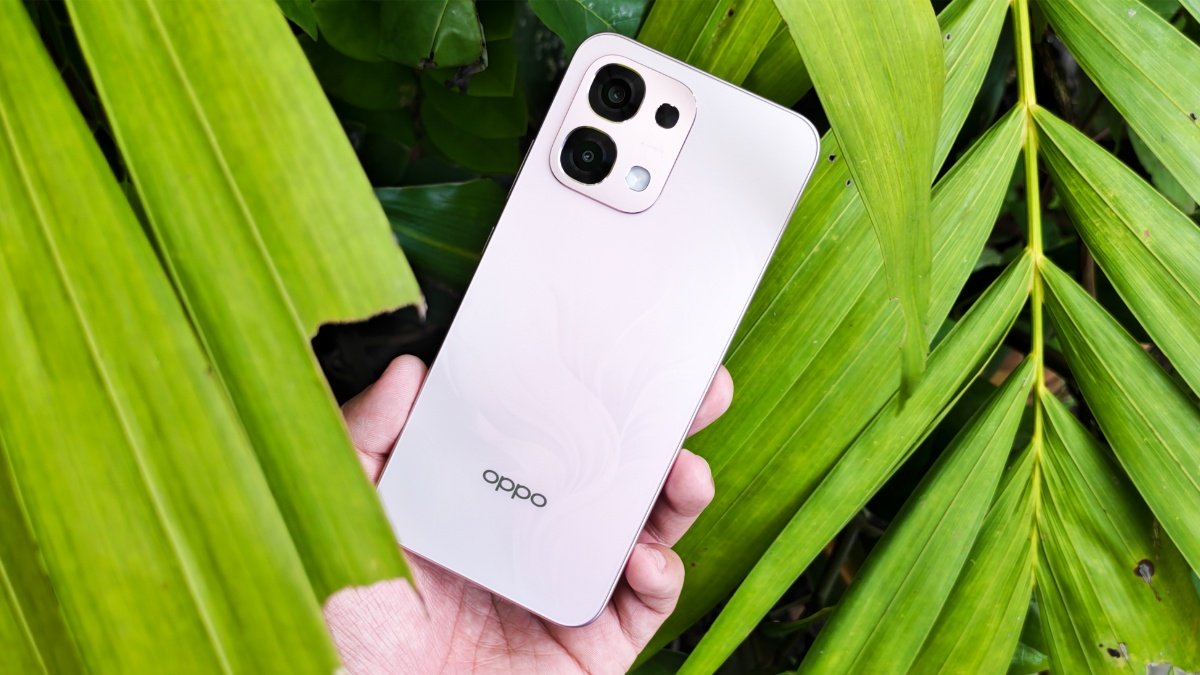
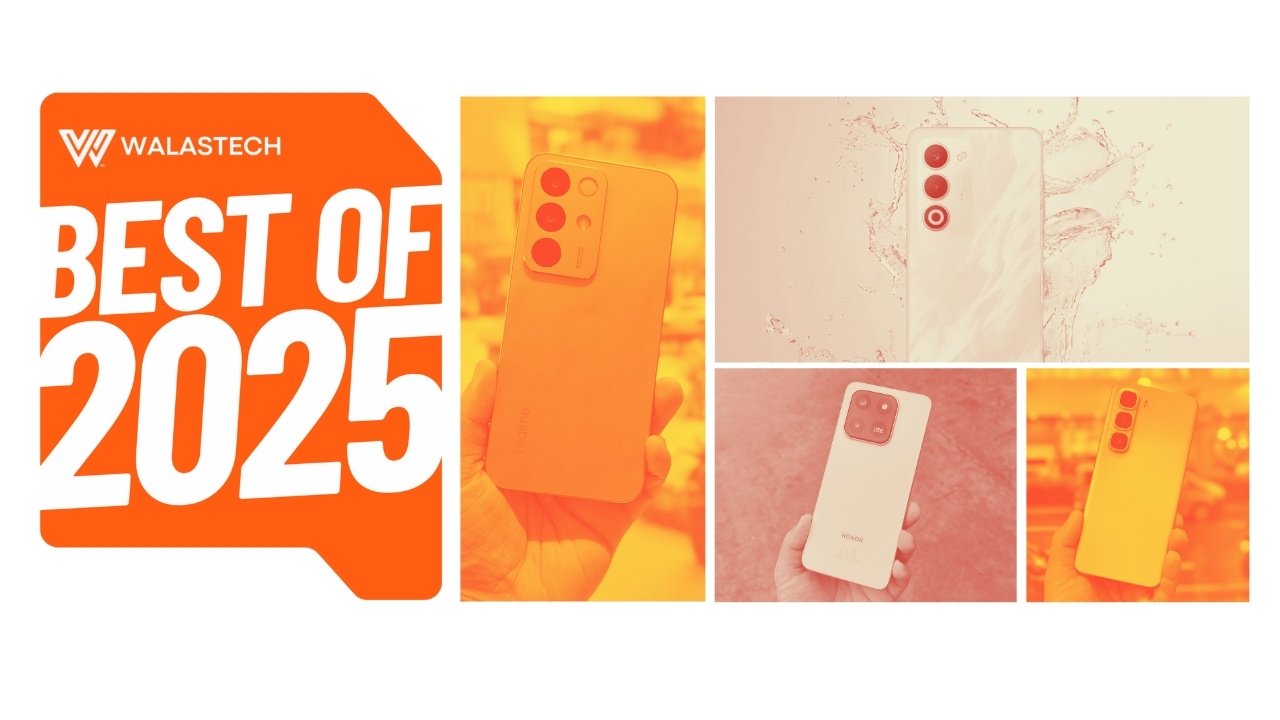
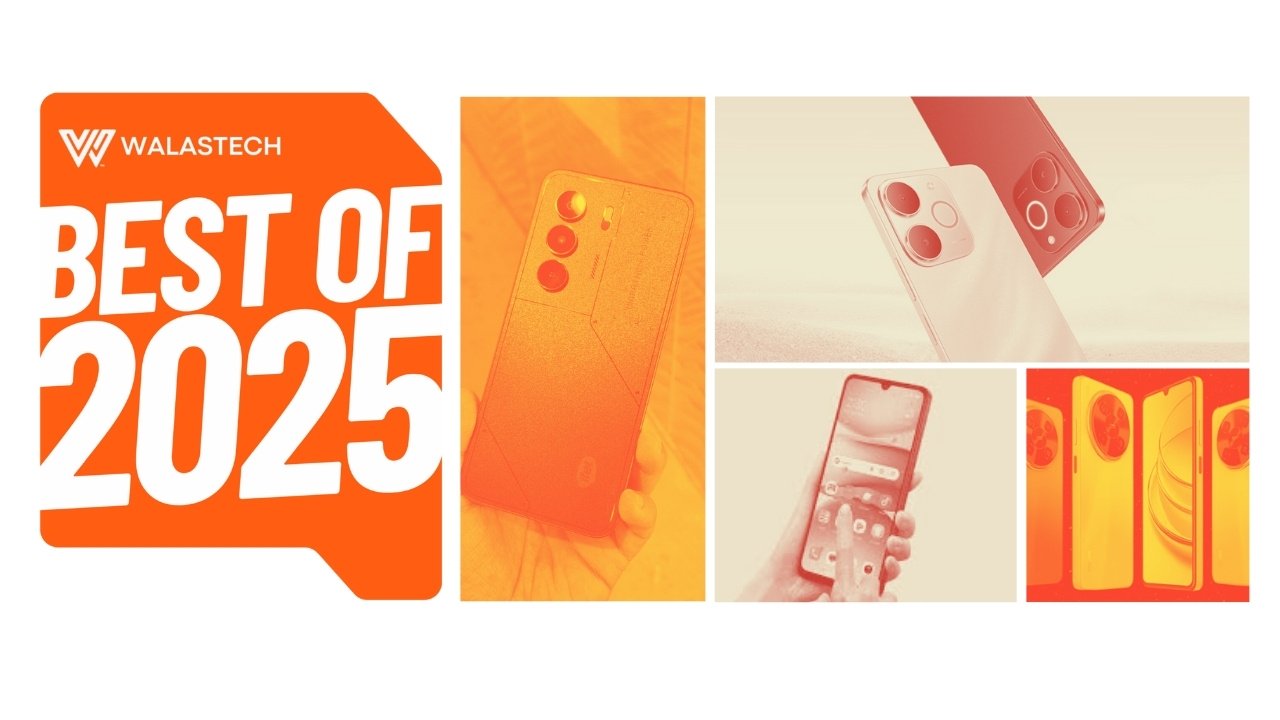


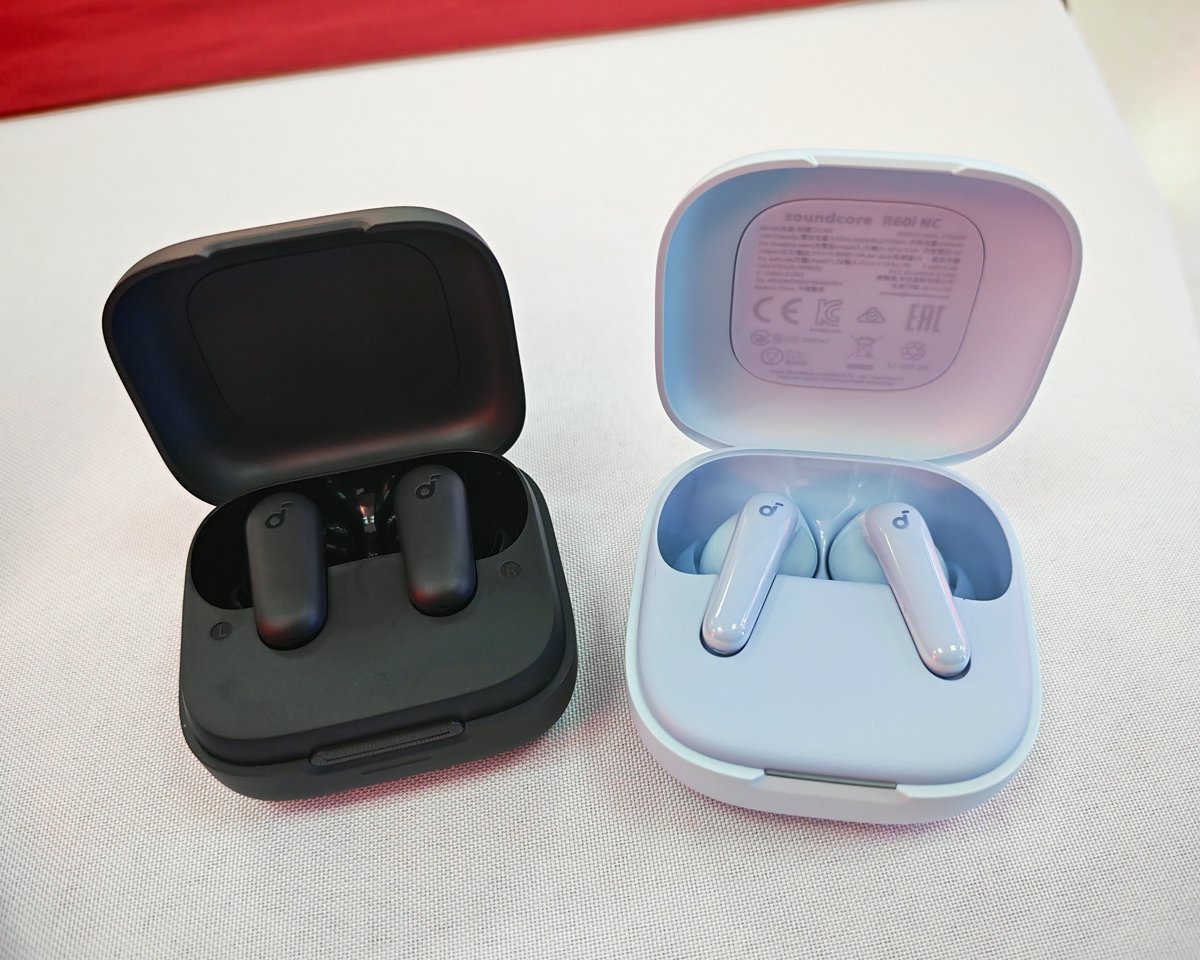


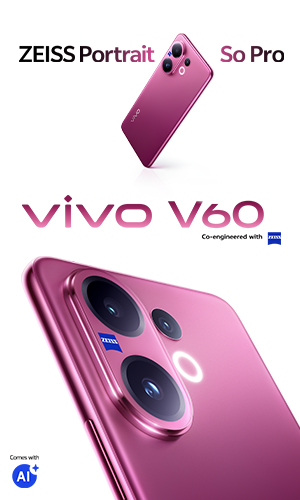
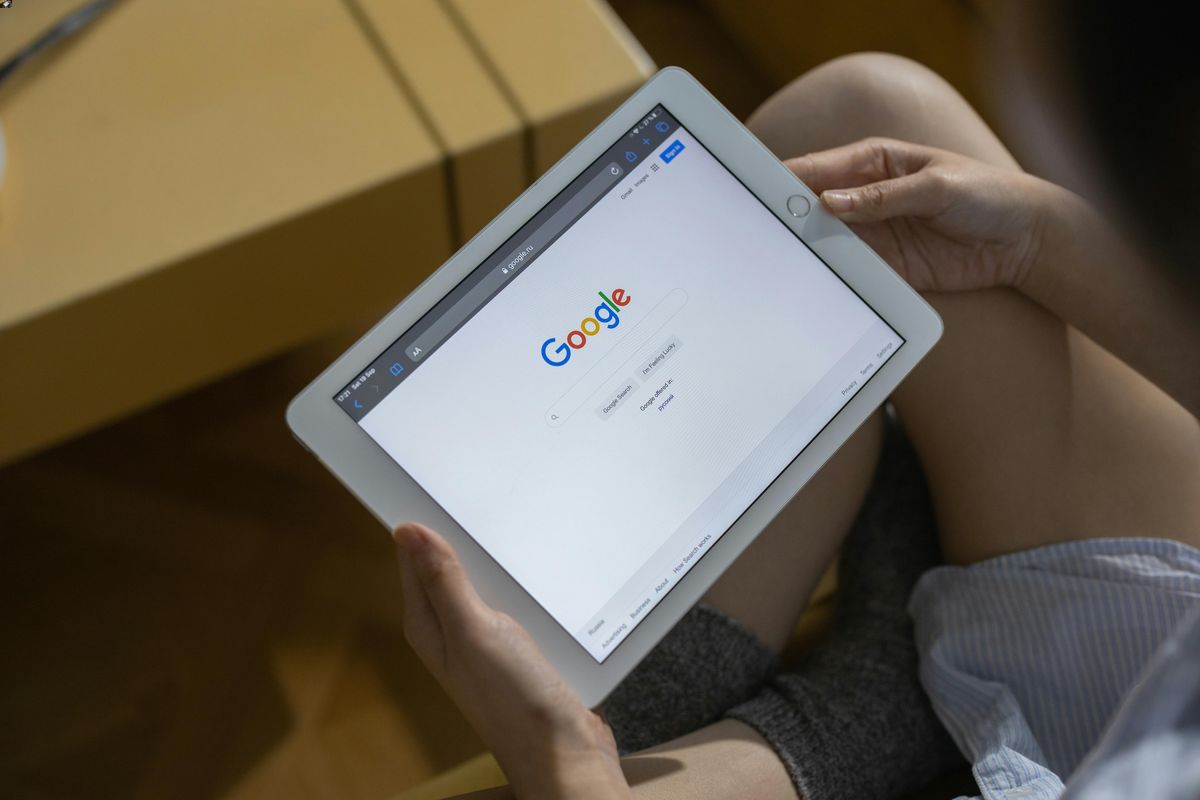

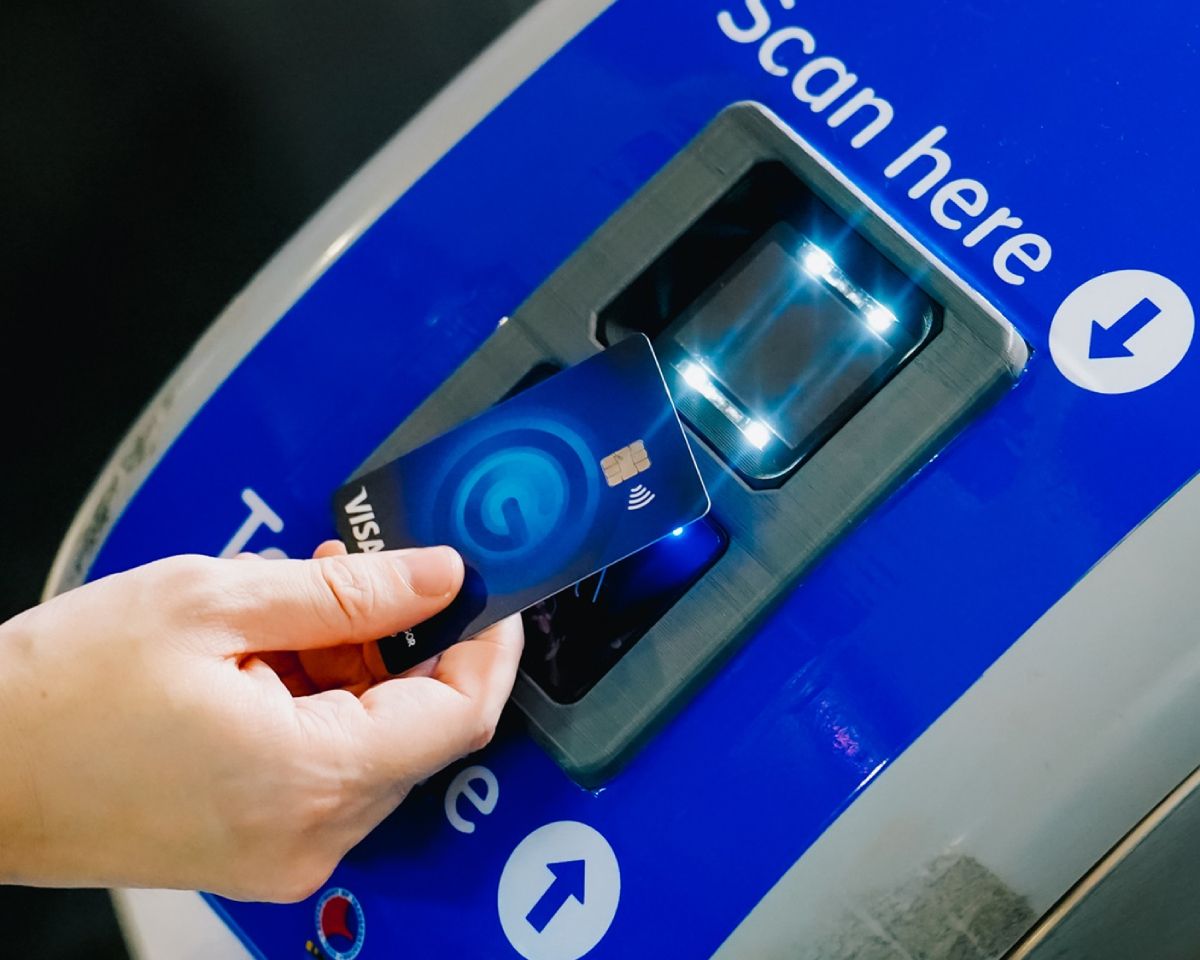
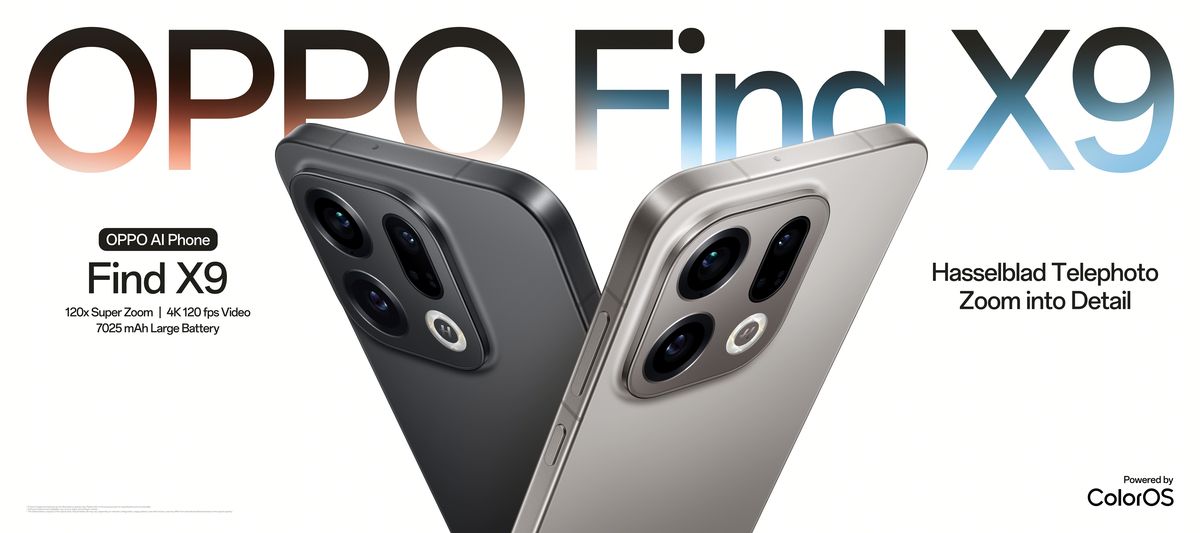

Leave a Reply